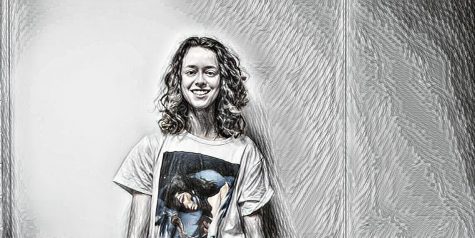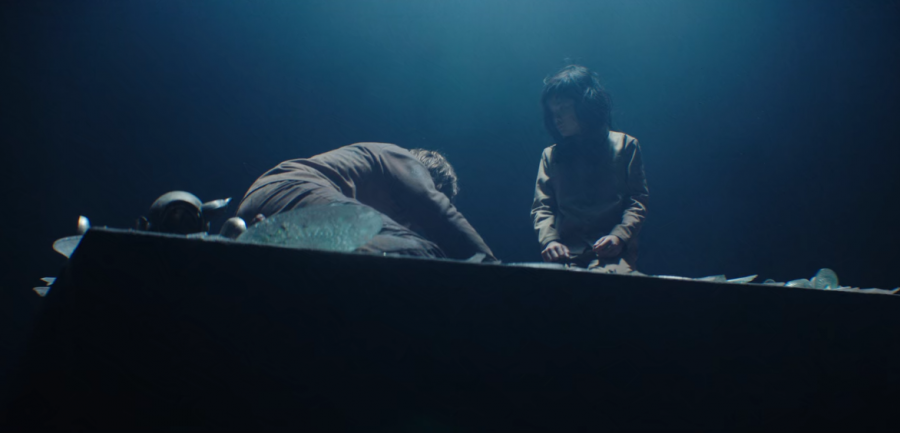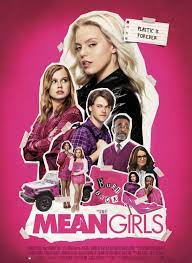A Critical Analysis of “The Platform,” a Gut-Wrenching Allegory
Photo credit attributed to Netflix.
The slab descends into a purgatory-like area amidst a beam of light. Goreng, played by Iván Massagué, is collapsed on the left.. Zihara Llana, who played the girl, is on the right.
Note: Contains spoilers and details the plot of “The Platform”. This can be read without having seen the movie, but previous viewing contributes to the analysis.
“The Platform”, like many Netflix movies, has been among the many trailers at the top of the website before I see my list. “The Platform,” called “El Hoyo” in its original language, Spanish, was released on Netflix on March 20th, and directed by Galder Gaztelu-Urrutia, and conveys a variety of chilling messages about poverty and society.
I enjoyed the Academy Award winning “Parasite”, as much as it made me uncomfortable, and “The Platform” carries a very similar vibe. The point is to make you uncomfortable, and to look at things from a different view. There are definitely parts that it is better to skim because the violence serves to hammer in a shock element, but it leaves you with layers of unnerving revelations, and an uncomfortable ending.
“The Platform” is the story of a hole, and the prisoners – and volunteers – that occupy each level. The people on each level don’t know how far the hole goes, and a slab comes down from above bearing food. Every month everyone is gassed and wakes up on a different level, meaning those at the top rotate. Those on the top levels eat, and those at the bottom don’t. It carries a very simple message: if the people at the top restrain themselves, then there will be enough food for everyone. Because that isn’t the case, the top third of people live comfortably, and the other two thirds starve, or resort to cannibalism. The whole system is run by the “Administration,” which remains largely faceless, but which controls everyone on all of the platforms.
Whether you’re a staunch believer in capitalism or not “The Platform” is a harsh eye opener. The viewer follows a man named Goreng, who volunteered to be there for 6 months in order to get an accredited diploma, and who begins the first month optimistically, on the 48th level, before getting plunged down to level 171. He believes strongly in the possibility of change, and it’s here where the contrast between two different forms of government, capitalism, and communism, one in place and the other pushed for, is introduced.
“We need to tell the people up there,” said Goreng at the beginning of the film. “We can tell them to ration the food and pass the message up to Level 46, and from there to Level 45…”
“Are you a communist?” Asks his first roommate, Trimagasi.
“It’s fairer to ration out the food,” Goreng replies.
“Up there, they won’t heed a communist.”
Goreng ends up flying through roommates. His next roommate, named Imoguiri, previously worked for the Administration, which runs the system. She expresses her shock at the reality of what the inner workings of the system are, and how horrific it is, but Goreng points something out: coming from the “top,” or the Administration, she came with a degree of privilege, as she was allowed to choose her roommate. Nevertheless, she tries to make a change, pleading the people below them to only eat a certain amount, and for all the people beneath them to ration themselves in order for things to improve. She believes that there will be “spontaneous solidarity” of all the people, and that things will improve. However, Goreng, who has experienced more levels, doubts this; the constant rotation of privilege and food makes people greedy and desperate, and unwilling to concede with any goodwill, even if they have suffered on the lower levels.
Those on the level beneath them begin to ration their food, but only after Goreng threatens to defile all the food. Imoguiri wants to try the same thing with the people above them but Goreng points out the problem: you can influence what is beneath you, but not above. Reflective of real life, the people higher up on the societal tier can visibly see that they’re above you, and consider themselves untouchable by the people below. They can see what is going on beneath them, but that doesn’t impact them, and so they don’t restrain themselves.
“Don’t speak to the people below,” Trimagasi says to Goreng in the opening scene.
Why?
“Because they’re down below.”
Even the small scenes contribute to the director’s overall use of the film as a political statement, with dialogue that flies under the radar emphasizing capitalist beliefs.
“Speaking tires me out,” says Trimagasi during his introduction to Goreng. “Especially when I have to give more information than I get. That’s not fair, obviously. From now on, I will give you as much information as you give me.”
The concern about what is fair and what isn’t, even when in a stone cell with only one other person for entertainment, seems trivial. But it plays into a capitalist concept, you give and you get, the endless tug that doesn’t even end when there is nothing else left to be concerned about. There are no freebies, or handouts, and everything comes at a cost, sometimes even words.
She is sent forward as a hope for all the people suffering, despite their failures and losses, and even as the plot’s past is set, her future isn’t.
As the movie draws to an end Goreng ends up at one of the highest levels. He and his roommate Baharat decide that they are going to take a stand to try and change things, and travel downwards rationing the food. They decide that the people on the top 50 platforms get fed every day, and to save the food to give out to the levels lower than that. They choose along the way to try and send a message. They can’t get to the Administration, considered untouchable, but they can try to appeal to the people on Level 0, who are emphasized as potentially having a conscience.
They decide to preserve a panna cotta perfectly to send it back to the top as a message, but hit the bottom, where they discover a young girl. She’s healthy, and clean, and hungry, and they give her the food. Baharat dies from his wounds, as they have had to fight people on every level to try and ration the food, and Goreng is filthy and wounded. The slab goes past the final level, level 333, meaning there are 666 prisoners, and Goreng is faced with a kind of purgatory. He has come to the realization that the girl is the message, and as much as he wants to travel back to the top with her, he can’t. He walks away into nothingness with his hallucinations and the girl is sent flying upwards in silence.
The child presumably represents younger generations, a rebellion of a kind, and a hope. Her existence is miraculous, as Imoguiri said that no children younger than 16 were sent into the hole, and the woman who is implied as being her mother, Miharu, has only been in the hole for 10 months. It was also assumed that Miharu’s child was a son, leading the girl to represent numerous roles, and her healthy existence and cleanliness at the bottom of the pit remain unexplainable. She is sent forward as a hope for all the people suffering, despite their failures and losses, and even as the plot’s past is set, her future isn’t. She could also serve as the most recent generation in terms of the political allegory, that the young can make a change, and that it starts with one person.
“The Platform” makes significant marks in other moments, even those seemingly small. There are small glimpses of those on Level 0, where the head chef chews out those cooking for what is perceived to be a hair in the panna cotta, a detail that seems overwhelmingly humorous and insignificant after having seen the horrible depths into which humanity falls when faced with starvation. Before entering the hole Goreng is asked for his favorite food, escargot, so that the chefs could cook it, only for him to see it once, on a higher level. This contrasts with another point in the film where he is nicknamed “Little Snail” and faces being eaten.
Another message is portrayed at the end, in which Goreng and Baharat travel downwards after providing a ration of food to a man on one of the bottom levels. He showers them in money as they are sat on their knees traveling downwards on the slab, into the darkness. While not explicitly carrying a message, hopelessness is fervent in this scene: what truly is the value of money when it comes down to a primal existence, when people are facing death? What is the point of squandered excessiveness?
While “The Platform” remains publically unexplained, the film will remain stuck in your head for weeks to come, along with a sinking feeling about the state of our society. Even if you don’t believe in all of the points that it makes, it presents a strong differing perspective that allows a shock element to hopefully, eventually, propel change, even in one person. While “The Platform” is concluded, and it’s ending set, the world continues to move and the future remains alterable.
After all, Goreng and the girl were both individual people. It takes one match to make a difference.

Sydney Haulenbeek is a senior and a fourth-year writer for The Treaty. She enjoys researching and analyzing nonsense, wasting time on Twitter, and working...
















